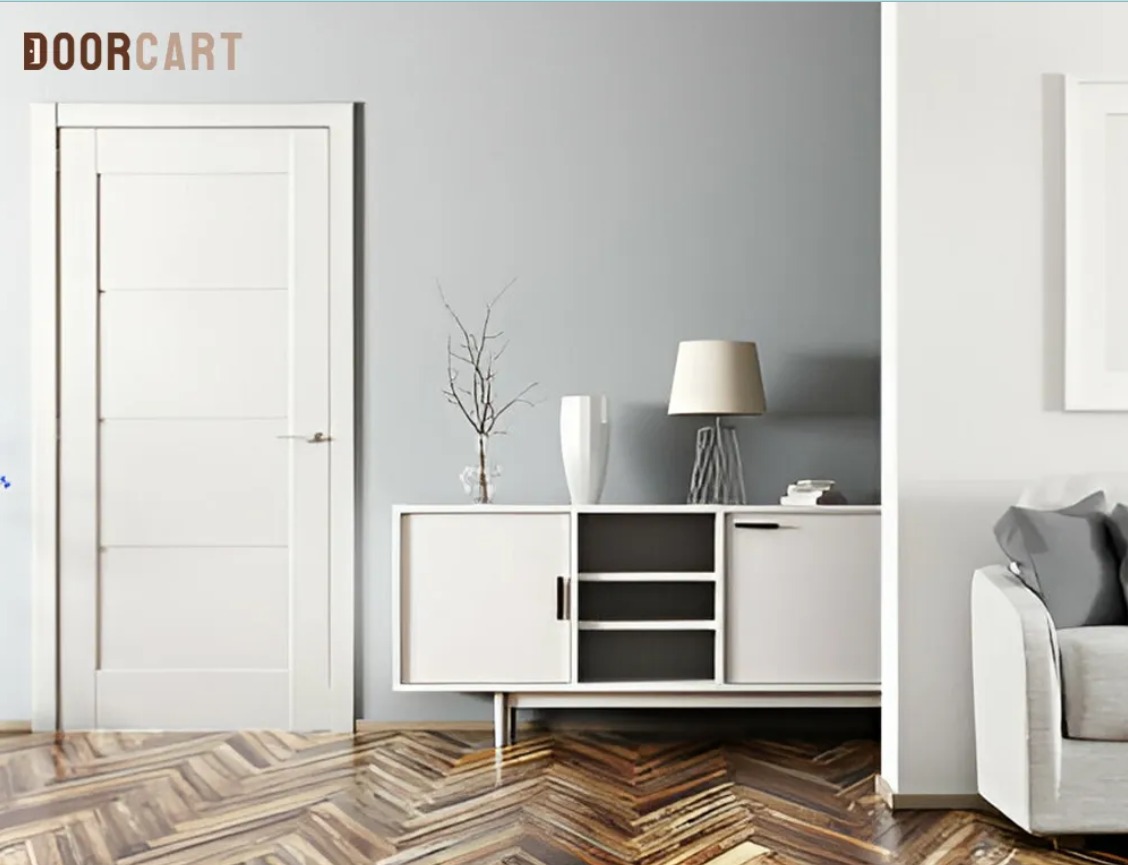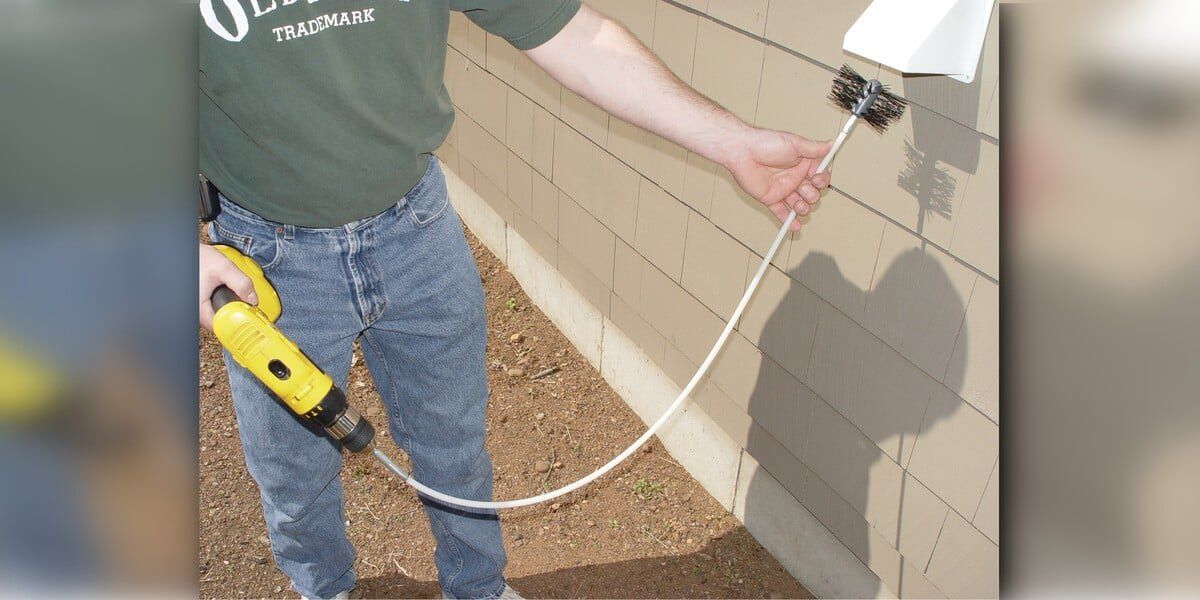
Unlocking Elegance: A Complete Guide to Interior French Doors and Hollow French Doors
When embarking on a home renovation or designing a new build, the selection of doors plays a pivotal role in defining the character and flow of your space. Among the most sought-after options for adding light, elegance, and a sense of openness are interior french doors. These timeless classics can transform a room, but navigating the choices, especially when considering the practicalities of Hollow French Doors, is essential for making the right decision. Understanding the distinction between solid and hollow core constructions, the undeniable benefits of French doors, and their perfect placement within your home will ensure you invest in a feature that enhances both your property’s aesthetic and its value. This guide will delve into everything you need to know about selecting, installing, and styling these beautiful architectural elements.
What Are Interior French Doors?
At their core, interior French doors are a type of door unit featuring one or more panels of glass, known as lites, set within a frame, most commonly designed to open inwards. Traditionally, they consist of a pair of doors that meet in the middle, but single French door variants are also popular for narrower openings. Their primary function is to separate rooms while allowing natural light to permeate through the home, preventing areas like dining rooms, home offices, or living rooms from feeling dark and closed off.
Their history is rooted in 17th-century France, where they were originally designed as large windows opening onto balconies or gardens, intended to flood opulent interiors with sunlight. This architectural feature was adopted and adapted worldwide, moving indoors to become the elegant room dividers we know and love today.
The Hallmark Benefits of French Doors
Why choose French doors over a standard solid door or an open doorway? The advantages are both practical and profoundly aesthetic:
- Maximize Natural Light: This is their superpower. French doors act as light channels, pulling sunshine from sun-drenched rooms into darker, interior spaces like hallways or windowless rooms, creating a brighter, more welcoming, and energy-efficient environment.
- Create the Illusion of Space: The transparent glass panels eliminate visual barriers, making both connected rooms feel larger and more expansive than they actually are. This is a game-changer for smaller homes or apartments.
- Enhanced Architectural Interest: French doors are undeniable statement pieces. They add a touch of sophistication, charm, and classic elegance that a simple drywall opening or a blank door cannot match.
- Define Spaces Without Isolating Them: They perfectly balance the need for separation between rooms (e.g., between a noisy living room and a quiet home office) with a maintained visual connection and open feel.
- Increase Home Value: Due to their desirable aesthetic and functional benefits, well-chosen French doors are a attractive feature for potential homebuyers, often offering a strong return on investment.
Understanding Hollow French Doors: A Practical Choice
When shopping for French doors, you will quickly encounter the terms “hollow core” and “solid core.” This refers to the construction of the door itself, not the glass panels.
Hollow French doors are built with a lightweight framework, typically made from wood or composite materials, and have a hollow interior often filled with a honeycomb or grid-like cardboard structure for stability. The outer faces are usually made of a thinner wood veneer or laminate, and the pre-installed glass panels are typically single-pane.
Key Considerations for Hollow Core French Doors:
- Pros:
- Cost-Effective: They are significantly less expensive than their solid-core counterparts, making them an excellent choice for budget-conscious projects.
- Lightweight: Their reduced weight makes them easier to install and less demanding on hinges and hardware. They are also easier for children or elderly individuals to open and close.
- Sufficient for Most Interiors: For interior rooms where supreme soundproofing or security is not a critical concern (e.g., between a living room and a dining room), hollow core doors are perfectly adequate.
- Cons:
- Less Durable: They are more susceptible to dents, scratches, and damage from impact compared to solid doors.
- Poor Sound Insulation: The hollow interior does very little to block sound. They are not suitable for separating a noisy home theater from a bedroom or ensuring privacy in a home office.
- Feel Less Substantial: They can sometimes feel lightweight and less premium to the touch, which may be noticeable if you’re accustomed to solid wood doors.
Solid Core French Doors: The Premium Alternative
For the sake of comparison, it’s important to understand the alternative. Solid core French doors are constructed with a dense inner core of wood composite, particleboard, or short timber blocks, topped with a high-quality wood veneer. They are much heavier and denser than hollow core doors.
When to Choose Solid Core:
- Superior Soundproofing: Ideal for bedrooms, home offices, music rooms, or any area where acoustic privacy is a priority.
- Enhanced Durability: They resist wear and tear far better and feel substantial and high-end.
- Better Temperature Insulation: The density offers slightly better insulation between rooms.
- Matching Existing Solid Doors: If the rest of your home features solid wood doors, a solid core French door will provide a consistent look and feel.
The choice between hollow and solid core ultimately boils down to your budget, your needs for privacy and noise control, and the level of durability you require.
Choosing the Right French Doors for Your Home
Beyond the core construction, consider these factors:
- Material: Wood (like oak, pine, or mahogany) offers a classic, authentic look but may require more maintenance. MDF or composite materials are stable, affordable, and resist warping.
- Glass Options: The style of glass can dramatically alter the door’s character.
- Clear Glass: Offers an unobstructed view and maximum light transmission.
- Obscured Glass (Textured, Frosted, Seeded): Provides diffused light while adding a degree of privacy.
- Decorative Glass (Georgian Wires, Bevelled): Adds intricate architectural detail and a vintage feel.
- Configuration: Double swinging doors are traditional, but single doors, bi-fold French doors, or even French doors with a fixed sidelight can work for different spaces.
Styling and Maintenance Tips
To keep your French doors looking their best, regularly dust the frame and clean the glass with a streak-free cleaner. Periodically check and tighten the hinges and hardware. Style them to enhance their beauty: hang long, elegant curtains on either side that can be drawn back completely, or use a simple valance to frame the top without obscuring the light. Positioning a mirror in the room opposite the doors will further amplify the light and sense of space.
Conclusion
Interior French doors are more than just a passageway; they are a transformative design element that brings light, elegance, and a feeling of airiness to any home. While hollow French doors present a highly practical and budget-friendly option for many interior applications, weighing their pros and cons against the premium performance of solid core doors is crucial. By considering your specific needs for privacy, durability, and acoustics, you can confidently choose a set of French doors that will unlock the full potential of your living space, proving to be a beautiful and valuable investment for years to come.


